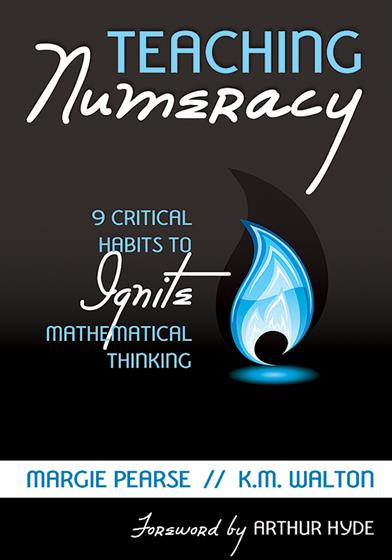Hands-on, Practical Guidance for Educators
From math,
literacy, equity, multilingual learners, and SEL, to assessment, school counseling,
and education leadership, our books are research-based and authored by experts
on topics most relevant to what educators are facing today.

Bestseller!
Teaching Numeracy
9 Critical Habits to Ignite Mathematical Thinking
Foreword by Arthur Hyde
This book outlines nine critical thinking habits that foster numeracy and details practical ways to incorporate them into instruction. Includes lesson plans and handouts.
Product Details
- Grade Level: K-8
- ISBN: 9781412992237
- Published By: Corwin
- Year: 2011
- Page Count: 240
- Publication date: March 23, 2011
Review Copies
This book is not available as a review copy.

